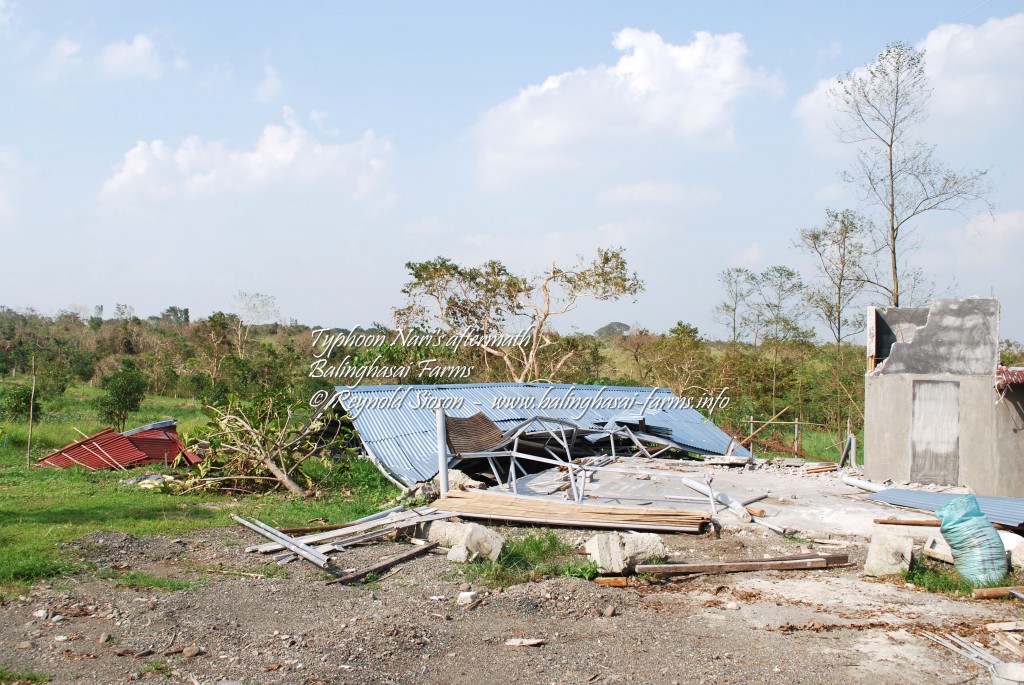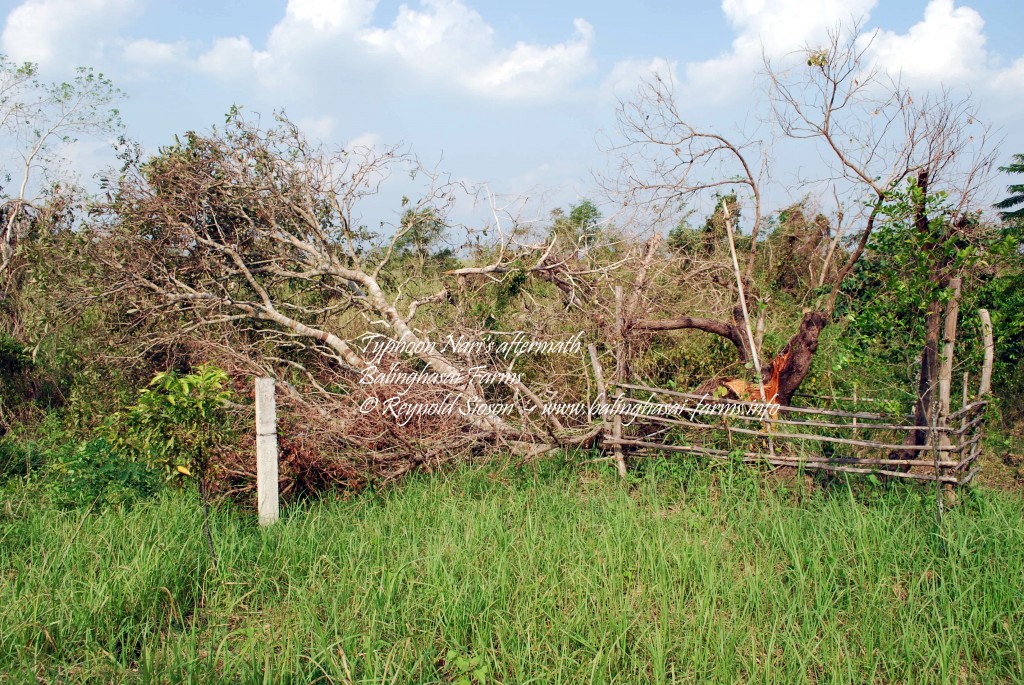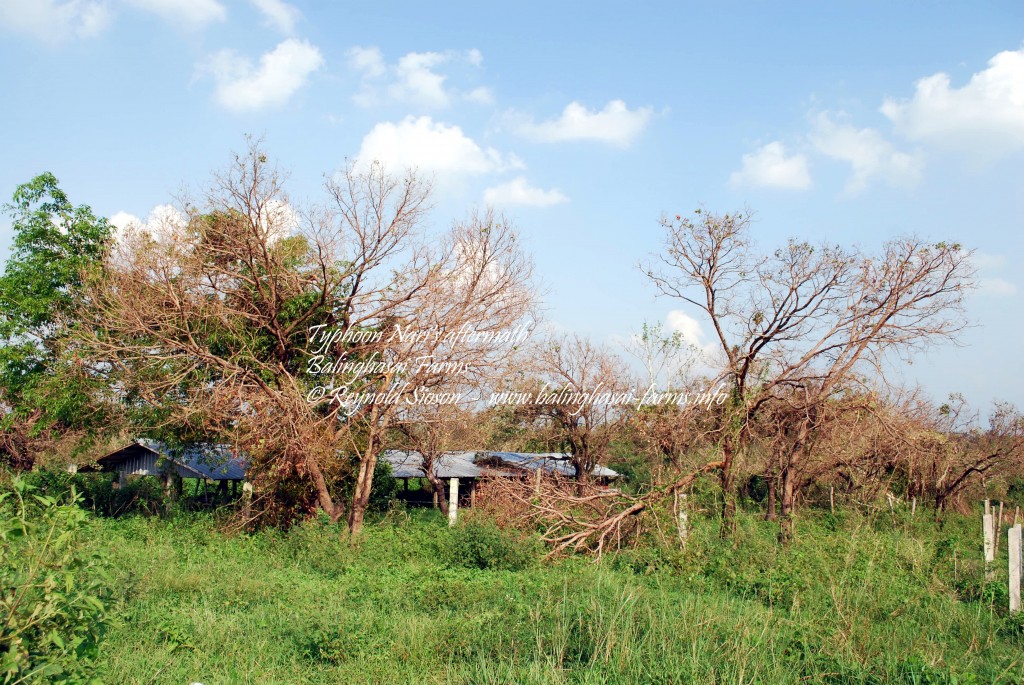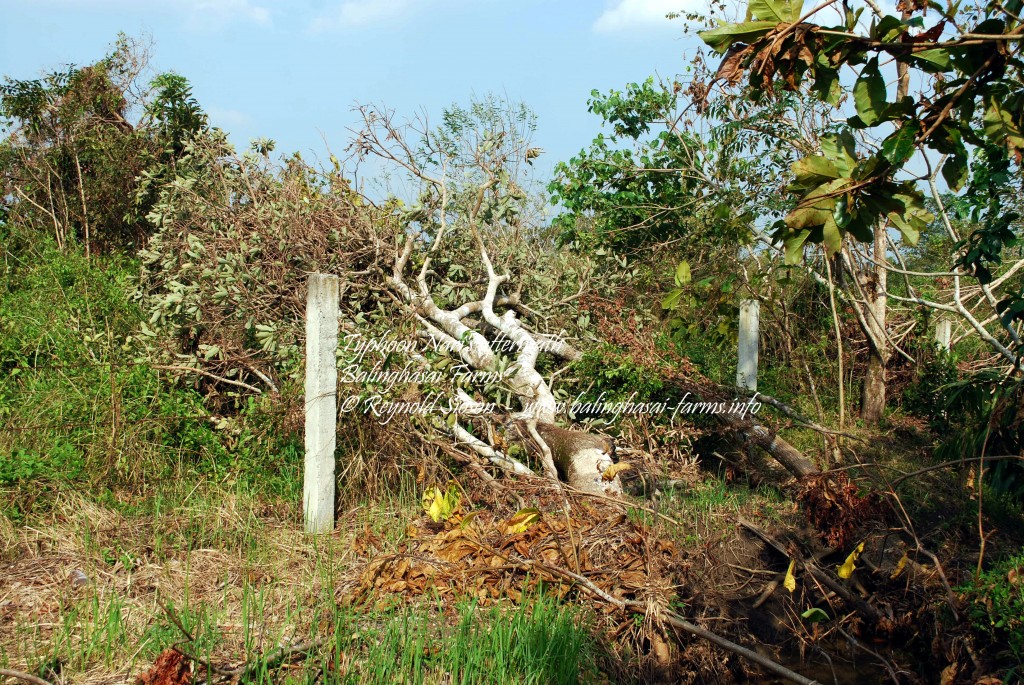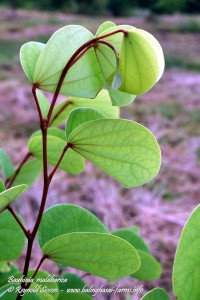In my occasional field explorations in the cogon-dominated, cattle-grazed grasslands peripheralizing Balinghasai farms I can say that this is the most abundant native tree species in this part of the Philippines but is also the most exploited for use as fuelwood. Bauhinia malabarica stumps left by wood poachers readily coppice and wildlings emerged to the onset of rain thus the availability of this wood especially for charcoal producers seemed limitless but sometimes the rate of human collection far exceeds the natural capability of the species to reproduce, and this becomes the problem that leads to species decline. Bauhinia malabarica, for now, may be categorized as a common tree but for how long?
Locally called “Alibangbang”, a common reference which it shares also with a number of exotic Bauhinia species which are grown as avenue trees for their colorful and ornate, orchid-like flowers; this mainly due to the very close resemblance of their leaves. This also got a lot of people mistaken in thinking that these large-flowered ornamental Bauhinias are the real Bauhinia malabarica.
True Bauhinia malabarica is an esteemed tree by plant hobbyists and farm owners due to its edible tart leaves. Chopped leaves, particularly the shoots and tips, are used to flavor all sorts of “Sinigang”. At home, we prefer using this over any other sour-imparting ingredients for our “Sinigang na pata ng baka”. Even the regular “Munggong-guisado” and Sauteed sardines (canned) become a little more interesting to the palette when cooked with this vegetable leaf.
Specimen : Wild trees
Habitats : Creek banks, dry grasslands, open slopes, roadsides
Local name : Alibangbang
Trade name : Malabar orchid
Botanical name : Bauhinia malabarica
Family : Fabaceae - Caesalpinioideae
Specimen height : 6-10 meters
Trunk : Bole erect, branching starts at 3-4 meters; Bark flaking, grey or brown
Leaf : Cordate, with notches on both apex and base (apple-shaped); Yellowish green
Flower : Clusters of minute, greenish-white, pendulous tubular florets supported by reddish or maroon peduncles
Fruit : Pod; 10-15 cms in length, green to reddish-brown; Seeds numerous, small, hard, brown
Traits : Drought tolerant; Evergreen; Grassfire tolerant; Nitrogen-fixing;
Small tree; Tolerant of infertile soil; Water-logging tolerant; Wind hardy
Recommendations : Agroforestry; Backyards; Edible gardening; Erosion control; Fallow improvement; Farms; Home gardens; Honey tree; Living fence; Nurse tree; Ornamental tree; Pioneer species for reforestation purpose; Plantations; Public spaces; Riparian management; Roadside tree; Shade tree; Urban greening; Wildcrafting; Windbreak
Used for : New leaves and shoots are used to flavour soupy fish and meat dishes; Animal fodder; Firewood and charcoal
Native range : South Asia, Southeast Asia (including the Philippines) to Australia
National conservation status : Not threatened in the Philippines
Threats : Cutting of wild trees for fuelwood and charcoal production; Clearing of woodlands for agricultural, residential or commercial use
Further readings :
Tropical & Subtropical Trees (M. Barwick) (436)
